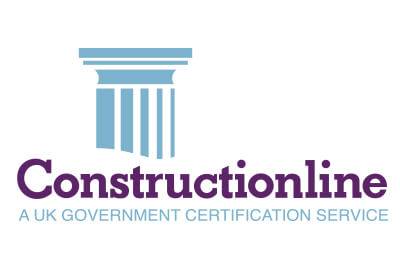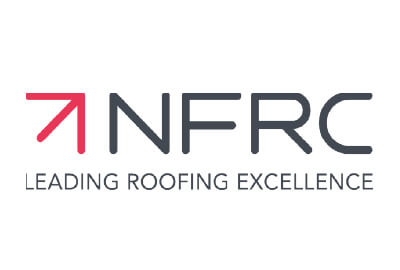The silent threat that can damage your roof
The forces of nature are powerful, especially in Scotland. One often underappreciated element that can wreak havoc on your homes roof is wind. While we may be accustomed to associating wind damage with fallen trees and scattered debris, it’s essential to recognise the potential harm it can inflict upon your roof. Providing roofing services in Glasgow for domestic, commercial and industrial clients, we want to explain in more detail how wind can damage a roof, highlighting the importance of proper maintenance and understanding the vulnerabilities of your home’s protective covering.
Lift and Uplift Forces
One of the primary mechanisms by which wind can damage a roof is through lift and uplift forces. As wind flows over a building, it creates areas of high and low pressure. These pressure differences can result in an upward force on the roof, causing it to lift or peel away. The edges of the roof, such as the eaves and corners, are particularly susceptible to uplift forces. If the roofing materials are not securely fastened, the wind can easily get underneath, leading to partial or complete detachment.
To mitigate this risk, it is crucial to ensure that roofing materials are properly installed and that the edges are adequately secured. Regular inspections as part of planned roofing maintenance can help identify weak points and address them before wind damage occurs.
Wind-Driven Debris
During severe windstorms, debris carried by the wind can turn into projectiles, causing substantial damage to a roof upon impact. Tree branches, loose outdoor furniture, and other objects can become powerful projectiles when propelled by high winds. Tiles or metal roofing may be susceptible to punctures, cracks, or dents, compromising the roof’s integrity.
Homeowners can reduce the risk of wind-driven debris damage by securing loose items in the garden and trimming overhanging branches. Additionally, routine roof inspections can help identify and address any existing vulnerabilities.
Wind-Induced Water Intrusion
High winds, especially in combination with heavy rain, can lead to water intrusion through the roof. If wind causes shingles or other roofing materials to lift or become displaced, it creates openings for water to penetrate. Over time, this can result in leaks, water damage to the interior of the home, and even mould growth.
To prevent wind-induced water intrusion, homeowners should promptly repair any damaged or missing roofing materials. Regular roof inspections and maintenance are essential for identifying potential issues before they escalate into significant problems.
While wind may seem like an intangible force, its potential to damage a roof should not be underestimated. Homeowners can protect their investment and ensure the longevity of their roofs by implementing preventative measures, investing in quality roofing materials, and scheduling regular inspections. Understanding the specific vulnerabilities of your roof and taking proactive steps to address them can go a long way in safeguarding your home against the silent threat of wind damage. By staying vigilant and prepared, homeowners can weather the storm and keep their roofs intact for years to come.
We are one of the leading local roofing contractors in Glasgow with nearly 40 years of service across the central belt of Scotland and from our head office in Port Glasgow, we can provide the complete roofing and building maintenance service ranging from traditional roofing repairs such as yearly roofing maintenance to new slate or tile roof fitting and emergency roofing work after storm damage.
If you are looking for a quality roofer in Glasgow, Edinburgh or one of the many Towns and Villages that we serve in the Central Belt then call us today.













